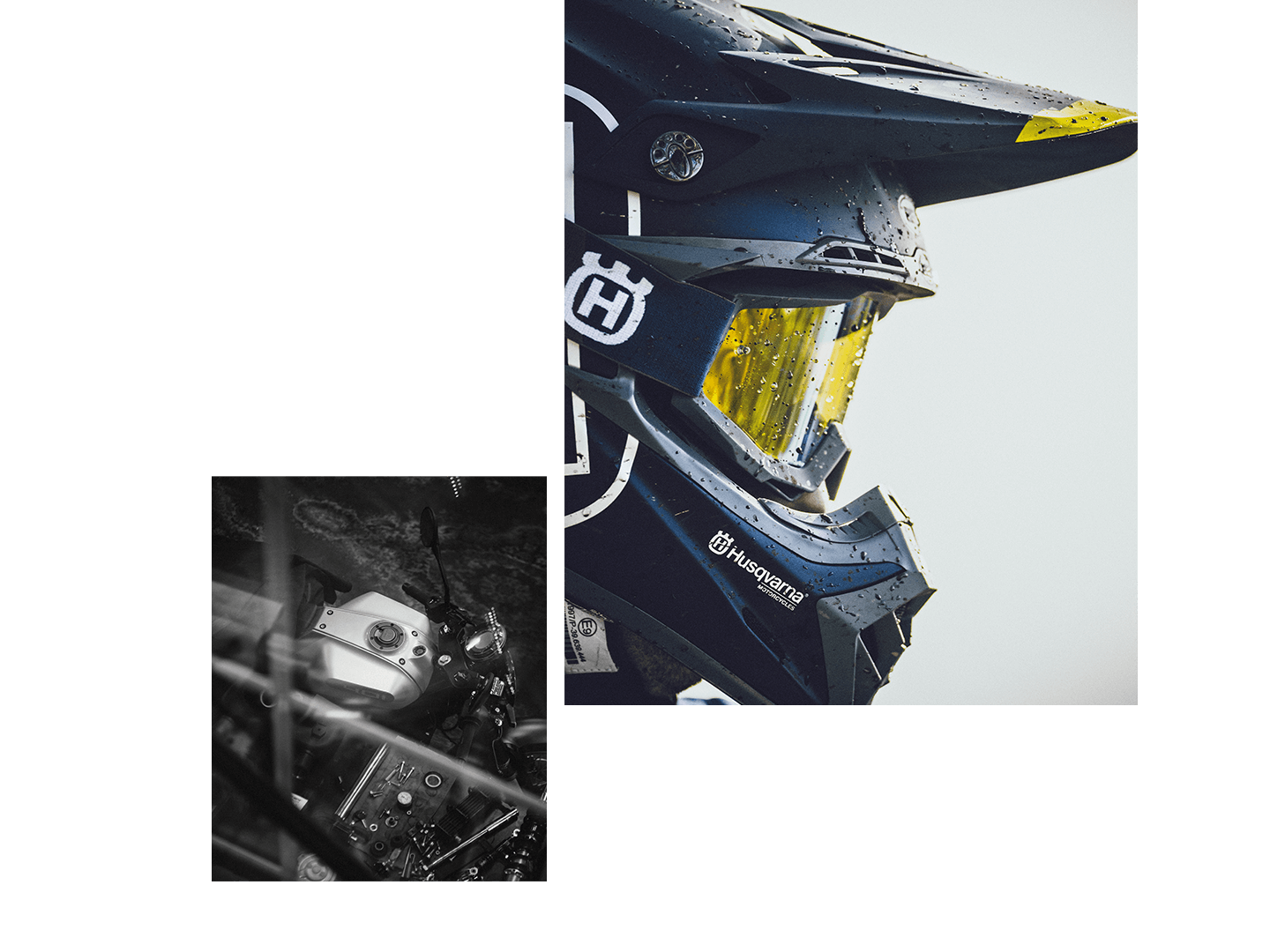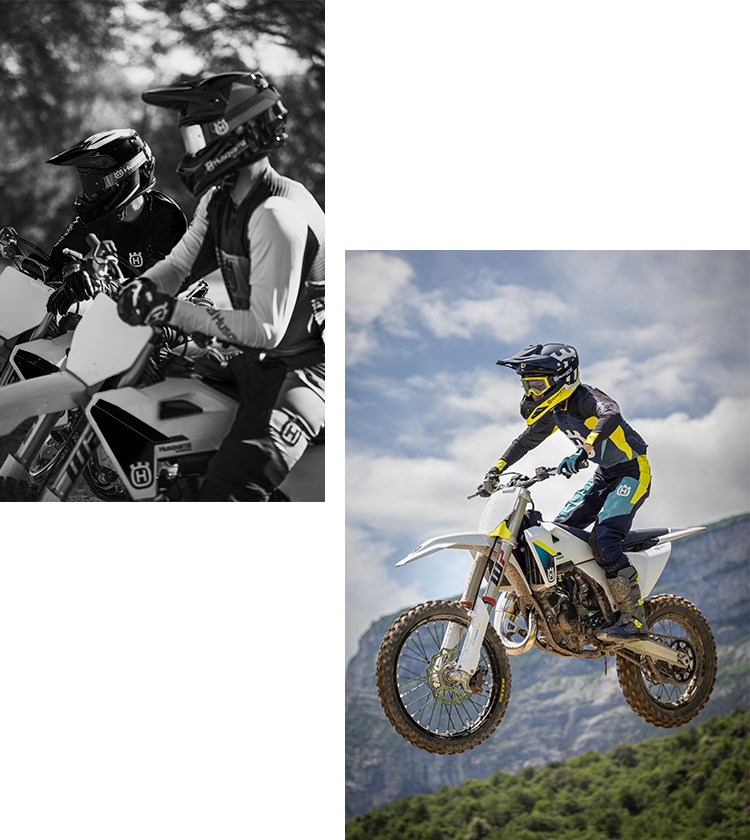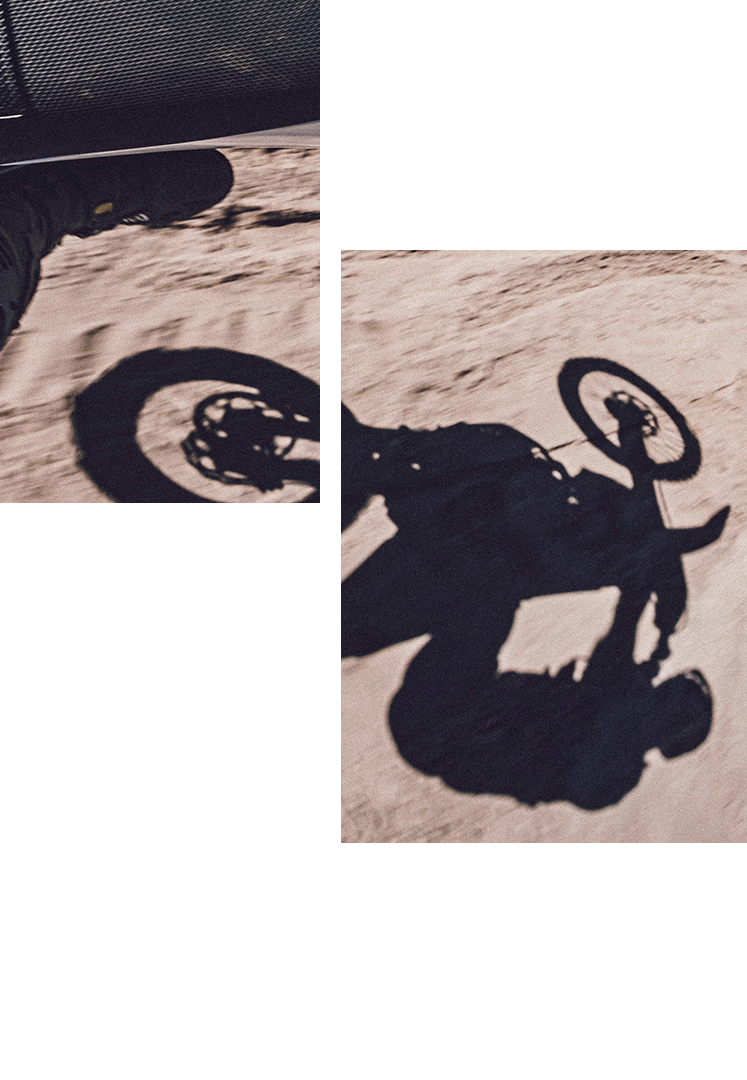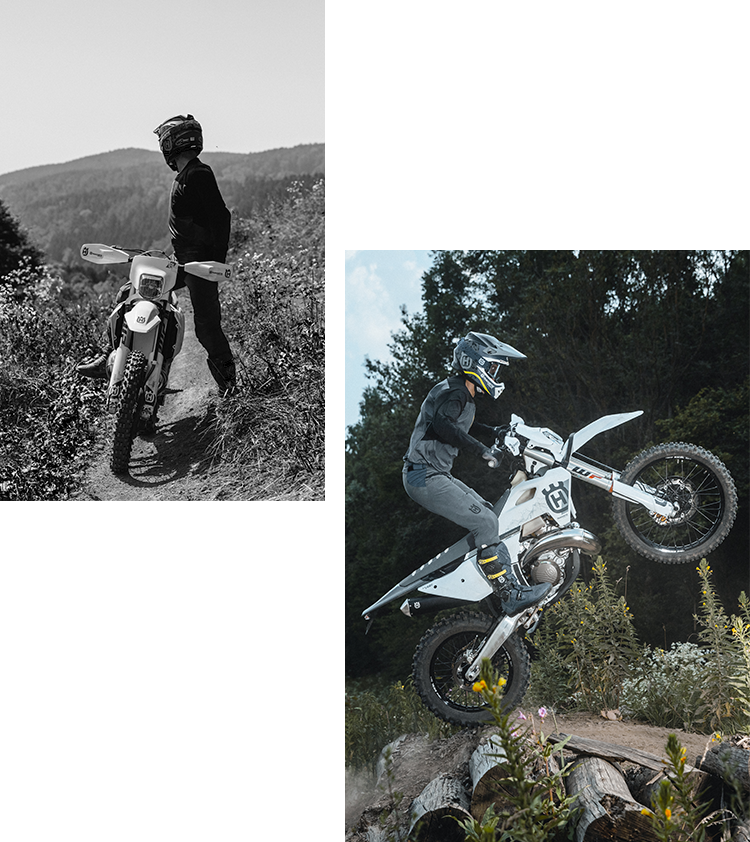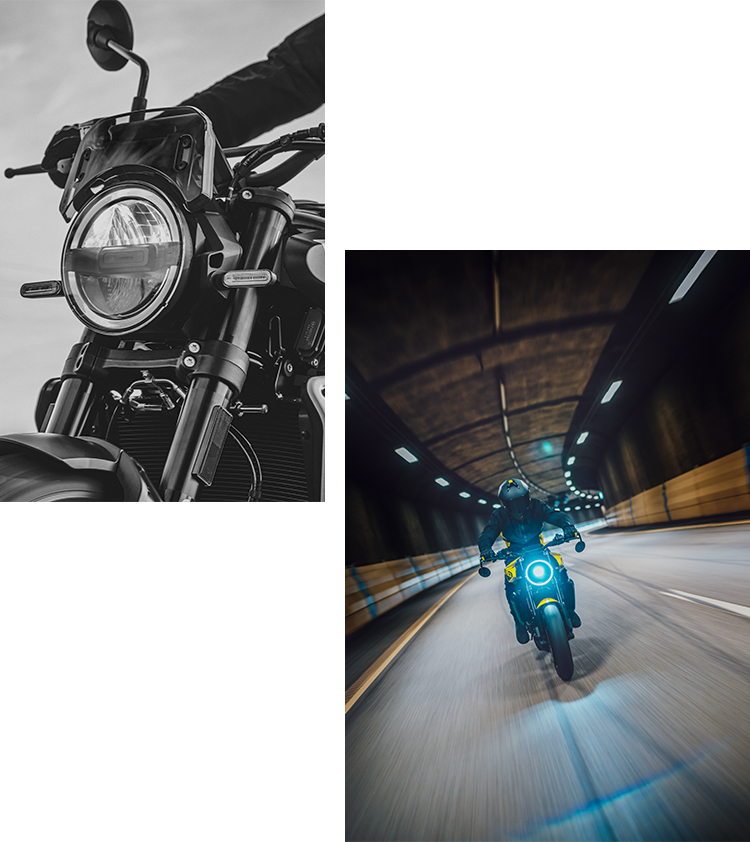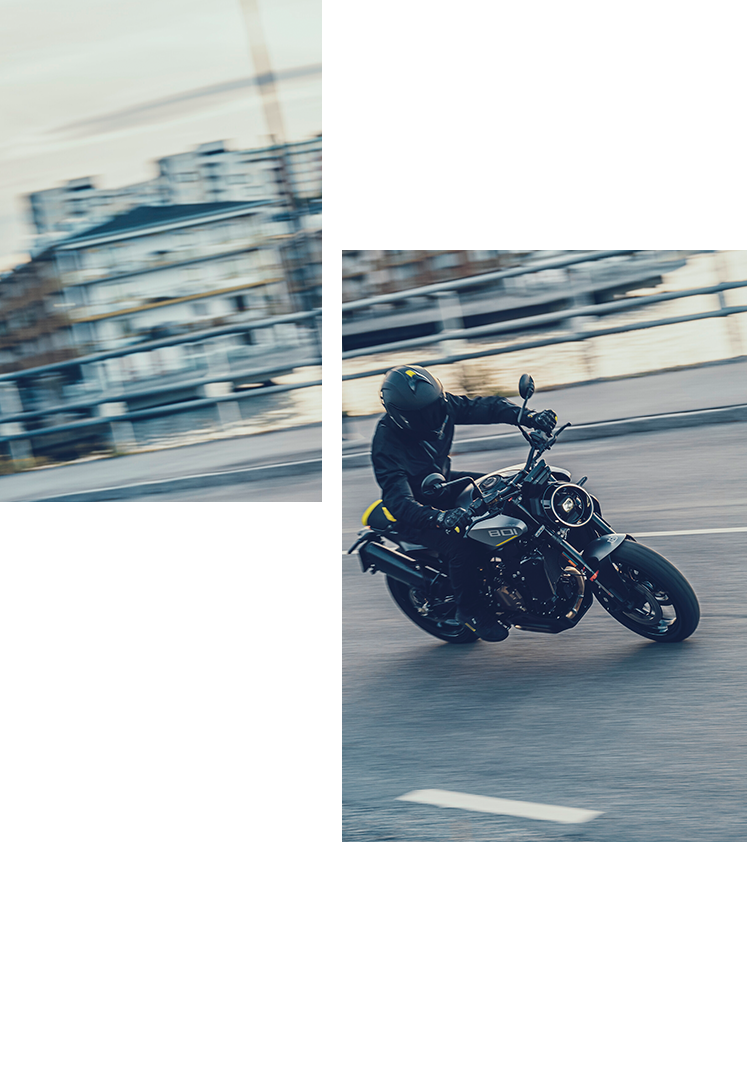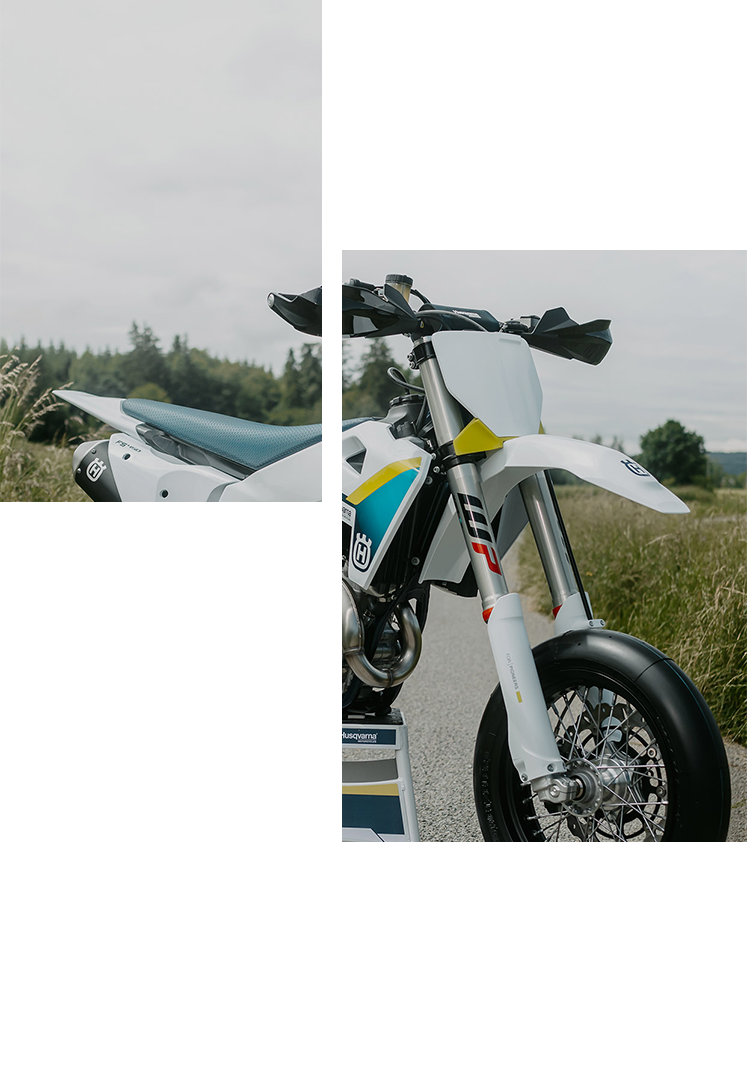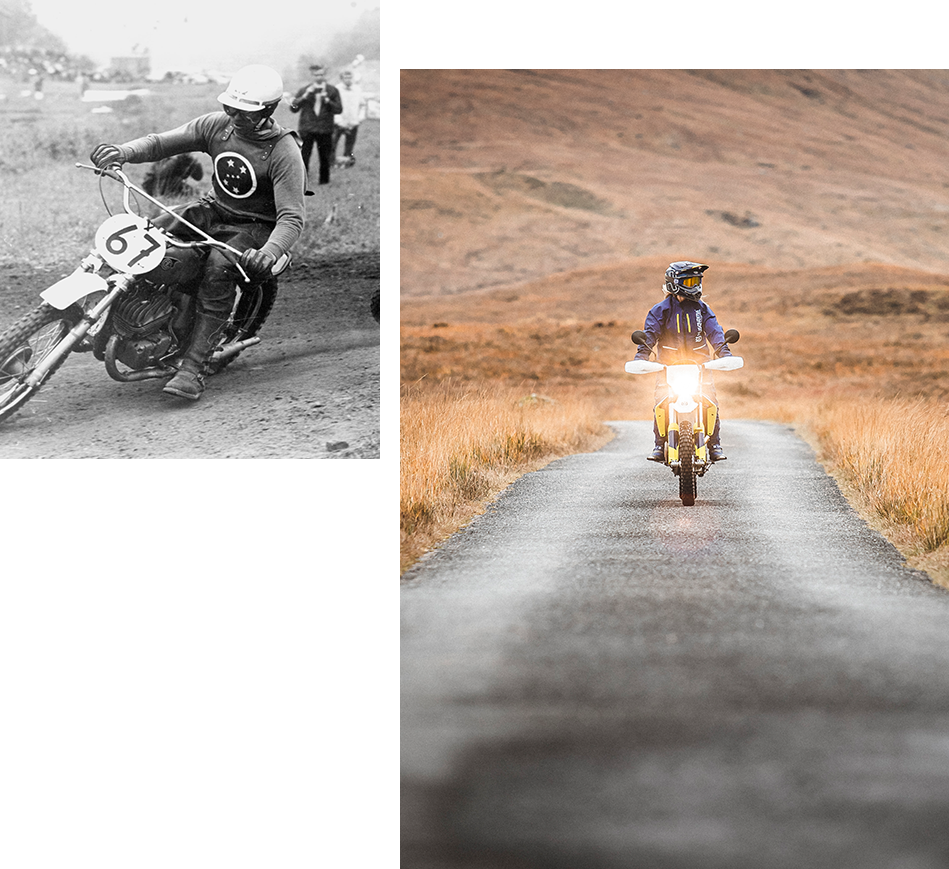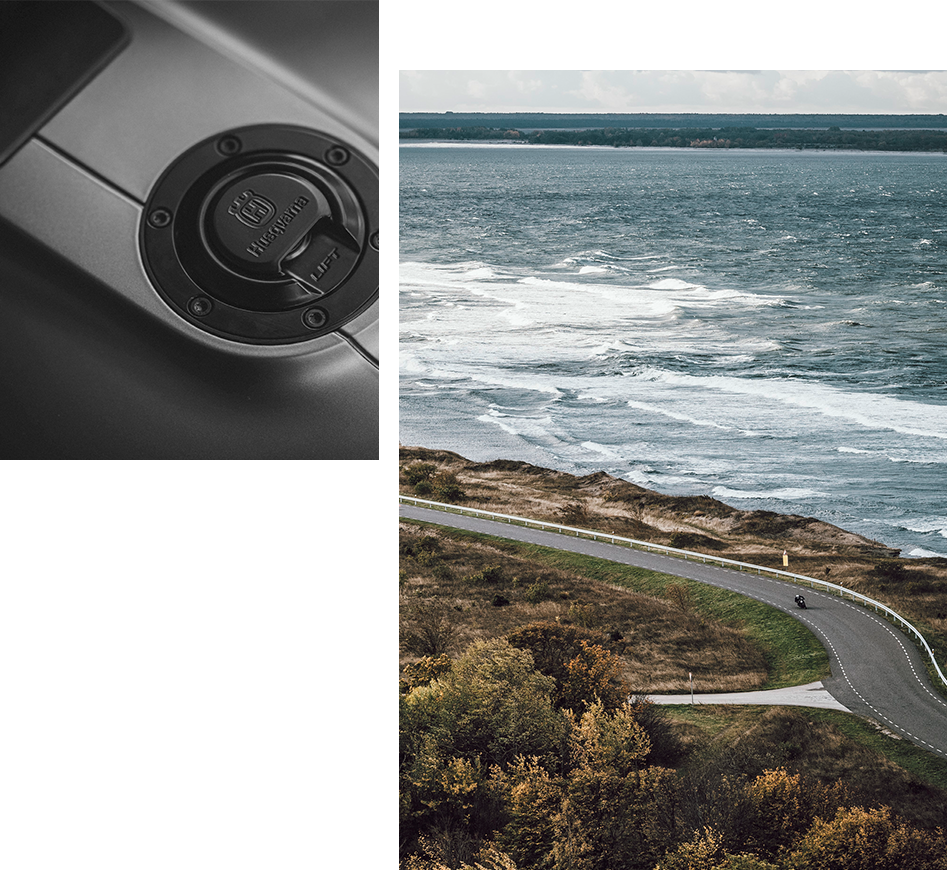Double champion Hallman
By Kenneth Olausson
23-year-old Torsten Hallman was the Husqvarna-mounted rider from Uppsala, north of Stockholm, who hit jackpot in the 14-round Grand Prix season in 1963. Eight outright victories and two runner-up results secured him a second consecutive 250cc title. Hallman won his second world championship crown following a strenuous year, during which he raced full throttle from start to finish.
"The rider who succeeds in winning the year's first Grand Prix in Spain, is doomed to lose the title". For a long time winning the opening GP of the year had been a bad omen. Had the Briton Dave Bickers been more superstitious, he would probably had refrained from taking the Grand Prix win at the opening round, held in Barcelona. As it turned out Bickers was followed by bad luck in the following rounds, making him miss his opportunity in 1963.
Torsten Hallman avoided this jinx by finishing second overall behind the Greeves-mounted Englishman. Hallman opened his season as the reigning world champion on Husqvarna, set on bringing home a second title to Sweden. In the pouring rain Torsten won the second moto and 18’000 Spaniards cheered for him as he finished second on the podium.
In Italy, at Gallarate, the Swede wanted to win. The circuit in the north of the country had 15’000 spectators, who, despite the miserable weather, came to watch the Swedes having a day of their own. Almost overwhelmingly the blue-and-yellow stripes dominated the day and Hallman was on top form around the 2’100-meter lap, which was covered 15 times in each of the two GP races. 14 points and Hallman was on top of the world at the end of the month of March.
The next Grand Prix was held in France and we were now in the middle of April. In Pernes-les-Fontaines the world championship contenders met a hilly circuit, which was very fast and tight. Overtaking was difficult, not to say almost an impossible stunt. 20’000 motocross-friendly people had gathered to see the GP riders make a dash for victory. Torsten was once again in championship shape and took an overwhelming 8 points to his already secured 14, which gave him a big lead in the standings after three rounds.
Payerne in Switzerland was one of the finest motocross tracks in the championship series. The circuit is situated in the French part of the country where there is always great interest in this sport. The track went along slopes of wine yards and there were numerous jumps, which damaged frames and were hard on the machines. Torsten went on to win both motos after the hard-charging Czech rider Vlastimil Valek had to retire as his machine was not robust enough. 30 world championship points after four rounds for Hallman and Husqvarna.
The West-German track at Bielstein was one of the more technical circuits included in the 250cc championship. Hallman’s gearing was too high and he had to rev his engine hard in order to stay competitive. He got away from the start badly in both the motos and had to start a game of catch-up in order to prevail. 15'000 spectators again saw a battle between Valek and Hallman, but the physical shape of the Super-Swede ended the battle in his favour. Eight more GP points to Husqvarna and Sweden. Was Hallman going to clinch his second title already half-way through the 14-round season?
Two weeks after Germany the riders gathered in Luxembourg and it was now mid-May. In the village of Schisslange 20'000 people came to watch a bewildered Swedish supremacy with three riders among the top five. Hallman was on top of the world once again and now seemed to have a subscription for the Grand Prix events this year. After successfully completing the 16 laps on the 1'900-meter circuit, Hallman had a secure distance to his competitors and now lead the 250cc champion with a margin of 30 points ahead of the Czech ValekHolland meant sand and in the strong dunes of the legendary Schijndel track there was dust as the greatest enemy of motocross mankind. Hard to see, but the field was off and this time Vlastimil Valek proved too strong for Hallman who finished the day in third position. 17’000 paying spectators saw an interesting race, but had to clean their gear/clothes as they came home after an eventful day on the sandy track.
At Scrubland Park in England, the Britons were convinced they’d be able to beat their Swedish antagonists. After all it was their home turf... The track here was hard, dry and very fast. Hallman came away eighth at the start of the initial race, but soon caught up with the leaders. In the decisive moto, it was Hallman and Husqvarna all the way from start to finish, which secured ever-winning Torsten yet another Grand Prix victory. With 58 points in the table it would take a miracle for Valek to catch up during the remaining six events. Hallman had now won six out of eight GPs during the 1963 season!
In the weekend after Swedish midsummer the riders gathered in the northern part of the country in the town of Vännäs. At the "Pengafors" track - 2 kilometres long – 7’000 spectators came to watch their idols perform on home ground. Hallman was the undisputed king and won both races in front of a cheering crowd. No one had a chance against the fast-forwarding Torsten whose only challenge came from up-and-coming newcomer Arne Kring. After seven wins Hallman now had his second title in the bag.
A week after Sweden the world championship contenders arrived in Finland and the track of Ruuskesanta, a few miles outside the capital of Helsinki. Around this sandy circuit, Hallman was once again unbeatable and secured his eighth Grand Prix win of the season. No one even came close to these fantastic results and Husqvarna proved yet again to be a winner in the competitive 250cc class.
"Tavaritj" was the favourite word when the GP riders gathered outside Moscow to battle for the Soviet Grand Prix. Here Hallman crashed, which ruined his day. Instead, Valek and other Eastern-block riders dominated the races and overall winner Valek was happy to see himself walking the straight line towards the runner-up position in the championship.
In the following week it was time for the Polish GP and here once again Hallman failed to score. Instead Vlastimil Valek won the event ahead of the Soviet rider Igor Grigoriev, both on CZ machines.
Yet another Grand Prix behind the Iron curtain – next it was the Czech GP, which was run outside of the capital of Prague. Home rider Vlastimil Valek was cheered on heavily as he took his third Grand Prix in a row. Hallman finished as second rider home and was of course hailed by the 50'000 enthusiastic crowd.
The season's last GP was held in East Germany at the Apolda track. Also here a record crowd of 50’000 people came to see their idols for the final of the 1963 season. Torsten Hallman failed to score but had already clinched his title with a maximum of 56 points (as only the seven best performances during the season were counted for the championship). The Czech Karel Pilar won ahead of Igor Grigoriev.
People in those days often asked why the Swedes dominated the sport of motocross so overwhelmingly. “Because we love the sport, and there is no one who can take that feeling away from us at the moment,” commented Torsten Hallman.
Trues words from a real world champion...
